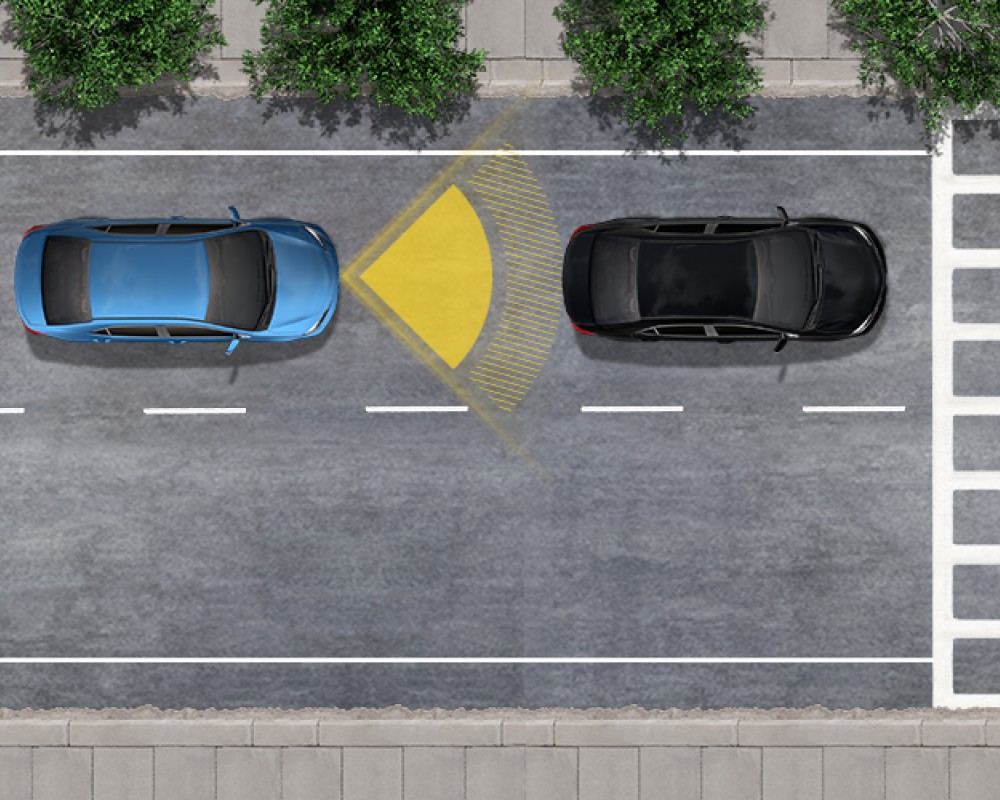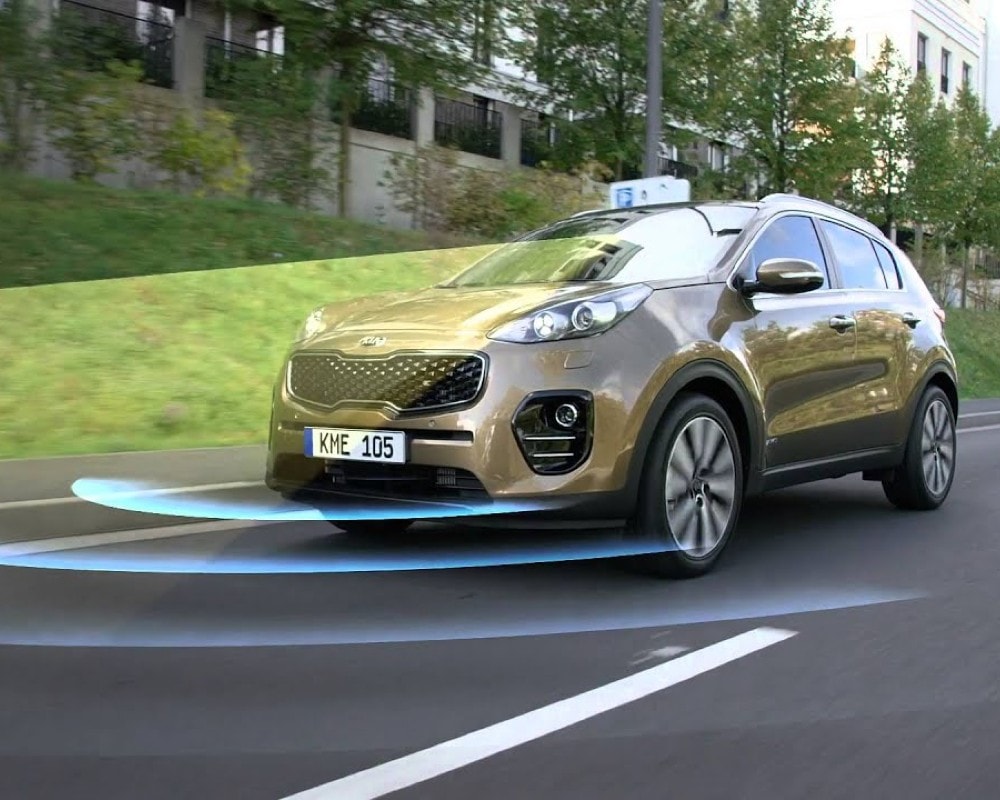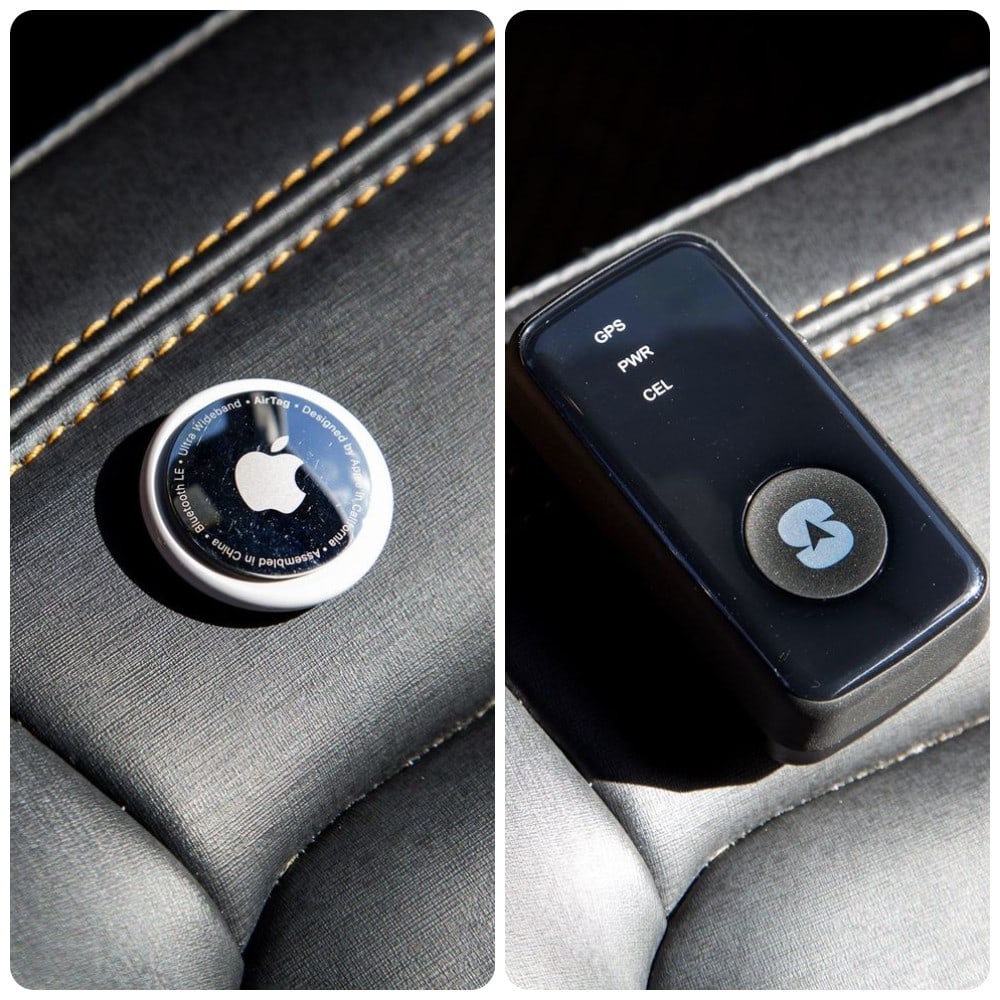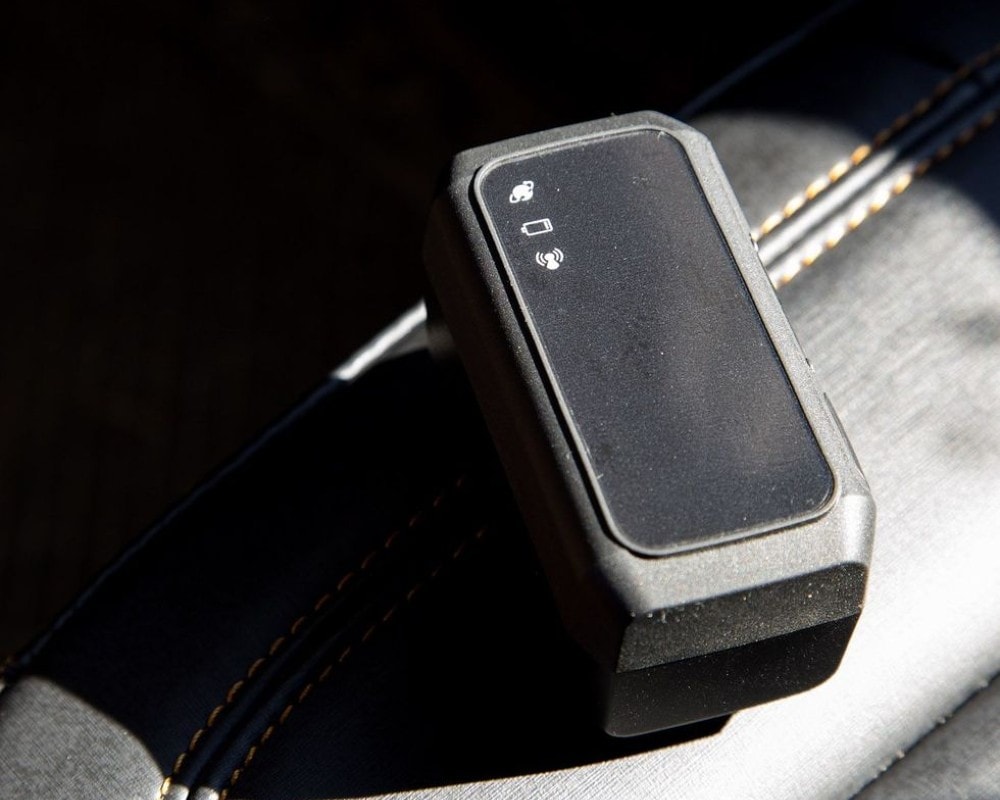
In recent years, the automotive industry has witnessed a surge in the adoption of advanced driver-assist technologies to enhance vehicle safety. One prominent feature gaining traction is the Automated Emergency Braking (AEB) system, designed to mitigate collisions by automatically applying the brakes when an imminent crash is detected. While automakers have been actively promoting the inclusion of AEB systems in their vehicles, it may become one of the mandatory road safety features in cars and trucks in the near future.
The Official Mandate
The National Highway Traffic Safety Administration (NHTSA) has proposed a new rule requiring all new passenger cars and light trucks to be equipped with automated emergency braking systems incorporating pedestrian detection by 2028. This proposed regulation aims to enhance the safety of road users by ensuring vehicles can automatically detect and respond to potential collisions with both vehicles and pedestrians.
Updating the Technology

Automated emergency braking systems, known by various names depending on the manufacturer, share a common objective. They reduce or prevent the severity of crashes by automatically applying the brakes when the driver fails to respond in time. While early AEB systems primarily focused on vehicle detection, the new NHTSA rule expands the scope to include pedestrian detection as well. This evolution in AEB technology demonstrates a commitment to improving overall road safety by mitigating the risk of collisions involving vulnerable road users, both human and automobile.
The Path to Regulation

The journey toward making automated emergency braking technology mandatory has been a gradual process spanning several years. In 2016, the Insurance Institute for Highway Safety (IIHS) and NHTSA introduced a voluntary pledge that encouraged automakers to enhance and widely implement AEB systems. By the end of 2017, numerous automakers had already made AEB technology standard on a significant portion of their vehicles. European regulators have also enacted rules requiring AEB as a standard feature in vehicles since 2022.
Potential Impact and Considerations
While the NHTSA’s proposed rule has garnered support from safety advocates, there are considerations regarding its timeline and scope. The timeline for implementation allows automakers several years to meet the requirements, but some argue that users should realize the benefits of automated emergency braking systems sooner. Additionally, there are calls for the inclusion of cyclists in the detection capabilities of AEB systems, further expanding their potential to safeguard vulnerable road users. Furthermore, there is a growing consensus that commercial vehicles should also be subject to AEB requirements to maximize road safety.
Top 4 GPS Trackers to Check Out in 2023

GPS trackers are the cheapest and easiest way to add extra protection to your personal and business vehicles. Whether cars, campers, or even boats, nothing is more efficient than a GPS tracker device for keeping track of your valuable vehicles. With so many options around, choosing the right device for your car often gets confusing. Here we’ve pulled together a few top choices for your needs.
Bouncie (Best Overall)

With an effortless UX, this GPS tracker boasts a truly fuss-free plug-and-play setup, activating the device in just moments. Its easy and intuitive app uniquely allows users to monitor vehicle health by displaying fuel levels, vehicle specs, and battery and engine health. The device also provides a wide range of alert options, including erratic driving, impact detection, curfew, rapid acceleration, hard braking, trip fuel economy, etc. This OBD-connected tracker delivers a long battery life but only reports with the ignition on.
Apple AirTag (Best No-Subscription Option)
This extremely compact and affordable GPS tracker is technically an automotive device, but it’s easy to keep tabs on a car through Apple’s Find My network. The tracker offers limited features compared to other dedicated GPS units and is largely limited to iOS devices using Apple’s iCloud web interface. Though the subscription-less affordability of the device comes at the expense of alert notifications and more precise tracking features, the fantastic year-long battery life comes as a bonus, with a user-replaceable CR2032 coin cell battery.
Spytec GL300 (Best Advanced)
This battery-powered tracker is intuitive enough for both fleet-level tracking and personal use. The gadget’s mobile apps and web interface are simple to navigate, though setting up alerts demands a learning curve. The notification options are confusing, but the push outputs are reliable and fast. With an IPX5-compliant design, the GPS tracker device can also handle environmental elements while mounted outside the vehicle. The integrated 2600mAh Li-Po battery provides decent battery life for 7-10 days and up to 25 days in standby mode.
Optimus 3.0 GPS Tracker (Best for Fleet Management)

This industrial-grade tracker is ideal for keeping tabs on small and large vehicle fleets, with robust tracking and notification options, a far more detailed back end, and thorough fleet-ready reporting. Though straightforward to set up and turn on, the device’s mobile and online interfaces are comparatively complicated. The extensive reporting options include an impressive range of alert types, like harsh acceleration, braking, and cornering, lost GPS signal, low battery, over-speed, movement, SOS, etc.